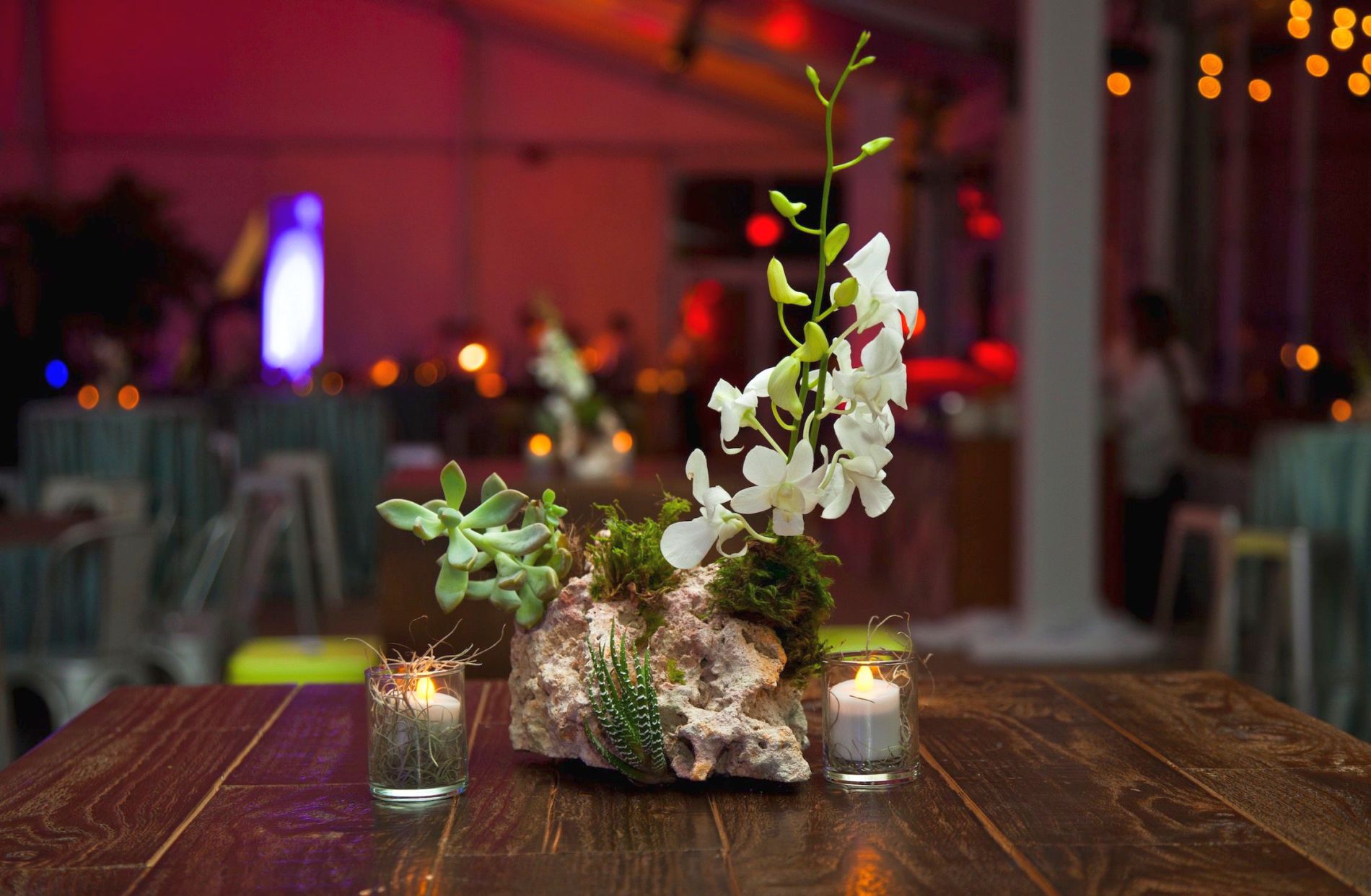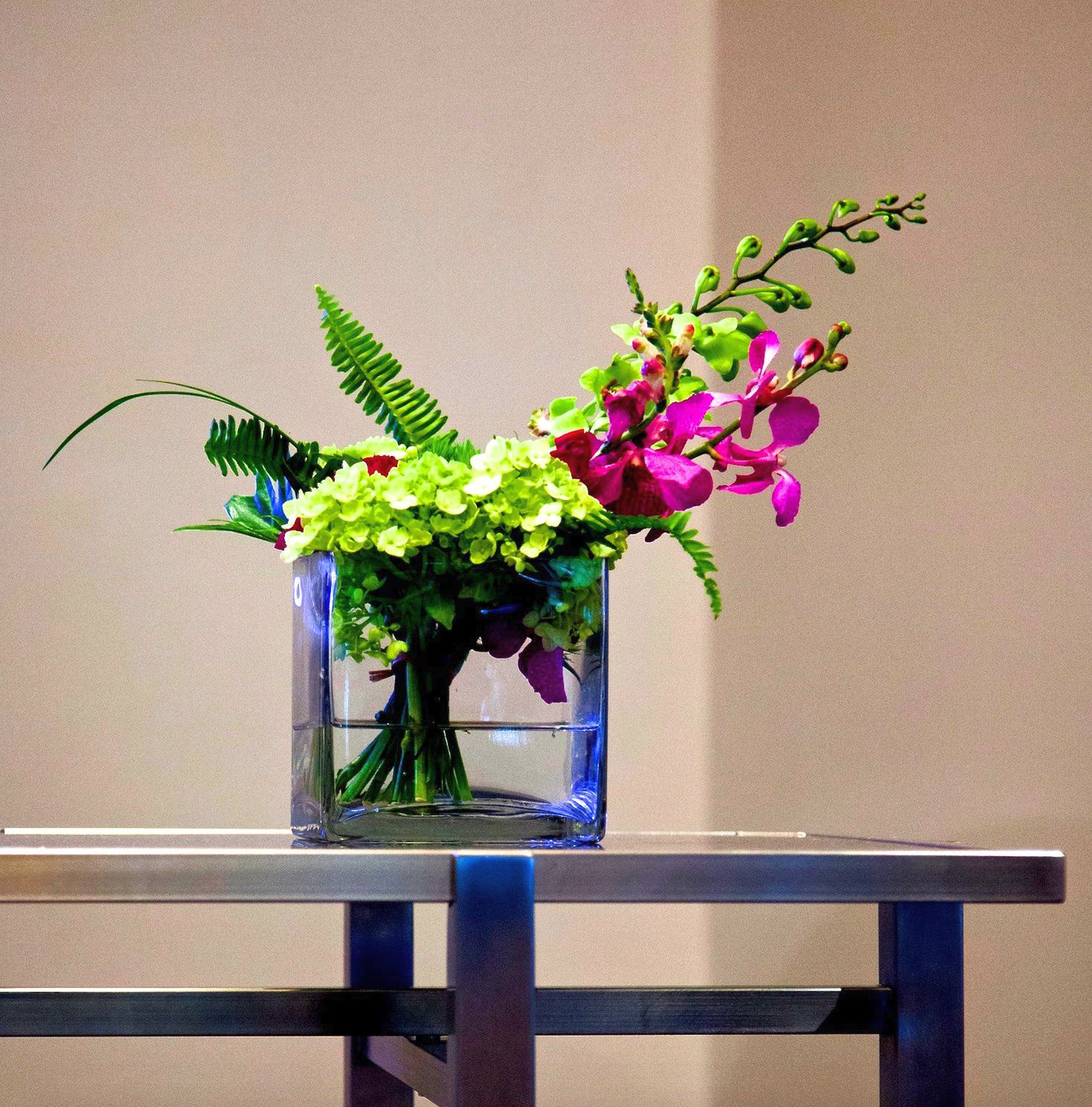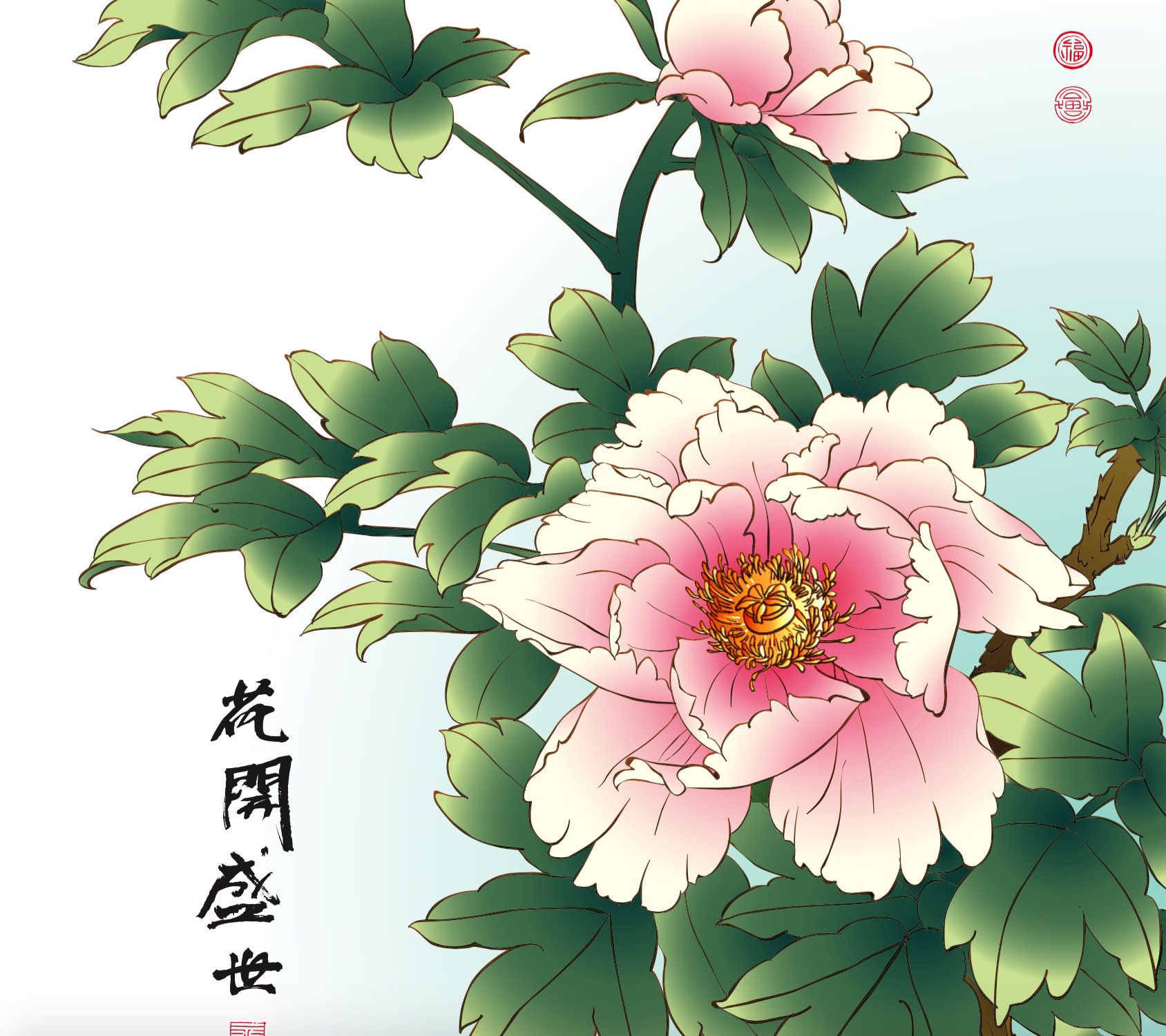
The Fine Art of Flower Arrangement
Even the hardest of hearts will open before the presence of beautiful flowers. Touching us in the deepest way, their inherent magic penetrates our psyches, lifting us up on the darkest days and granting us continuing joy on the brightest.
It is more than apparent to us at TOCA that flowers help to make the event. Whether you’re hosting a party of thousands, an intimate setting for two, or enjoying time on your own, flowers complete the scene.

Flowers create a mood. They affect our emotions without the use of words. They help to create a connection between people and environment. They raise the spirit. You can gather a bunch of wildflowers together and put them in a jar, place a simple bouquet in a vase, or use your imagination to create a combination of colors and textures. No matter what you do, flowers will exercise their power to enchant.
When we follow the history of flower arranging, we find that the earliest versions began in ancient Egypt, where cut flowers were placed in vases to enhance a table. To celebrate an event, such as a procession or burial, stylized arrangements were put together to honor the moment.

The ancient Greeks and Romans used flowers for their symbolic meaning, creating garlands and wreaths used to award highly regarded poets, orators, and athletes. In Rome, a military victory saw commanders crowned in headpieces made with herbs and flowers woven together.
In ancient China, floral arrangements were used profusely in the Han era, which dates back to 207 BC. Looking at carvings, pottery, and embroidery from this period, you will see the extraordinary finesse the Chinese applied to creating their flower decor.

With the Byzantine Empire, floral arrangements were often designed in a cone shape. Using flowers such as daisies, carnations, and lilies combined with fruit, cypress branches, pine, and ribbons, floral decoration became as varied as a designer’s imagination allowed.
Flower arranging in Europe really took hold around 1000 AD when churches and monasteries were adorned with lush florals. In the Middle Ages, gardens expanded as herbs and wildflowers became more popular and in demand. And just look at Renaissance paintings to enjoy the magnificent vase arrangements that were in fashion, as well as the ample garlands created to decorate walls and ceilings.

Ikebana, the Japanese art of flower arrangement, is perhaps the best known for its exquisite detail and simplicity. The disciplined practice of Ikebana emphasizes the importance of shape and line, where the colors of blooms combine uniquely. Here the use of a rock and cactus, along with a minimal use of flowers create a spiritual and meditative message that can calm and widen the soul.

Serene, whimsical, or vibrant, a floral arrangement can create any mood required for any occasion. At TOCA, our floral designers are kept on their toes with a wide variety of events to challenge their artistry. Enhancing decor with dried flowers, bark, leaves, moss, and artifacts, they can create a spectacular effect, no matter what the season.

Contact Us
For more on creating flower arrangements for your event, feel free to contact us at: www.tocaevents.com


Sorry, the comment form is closed at this time.